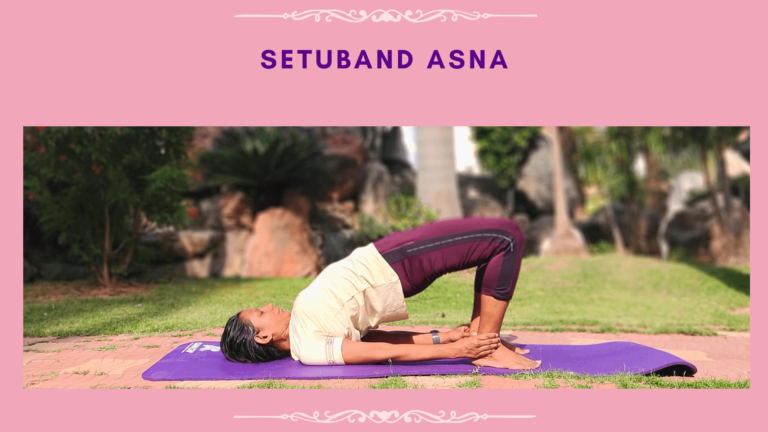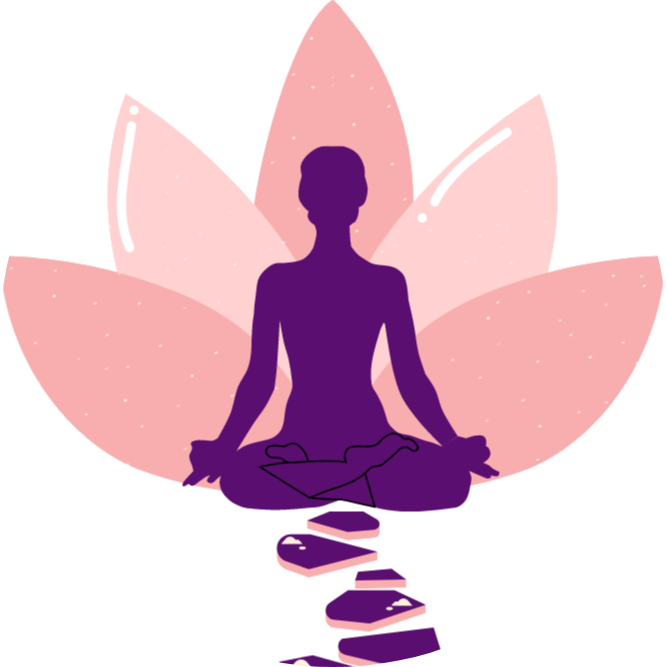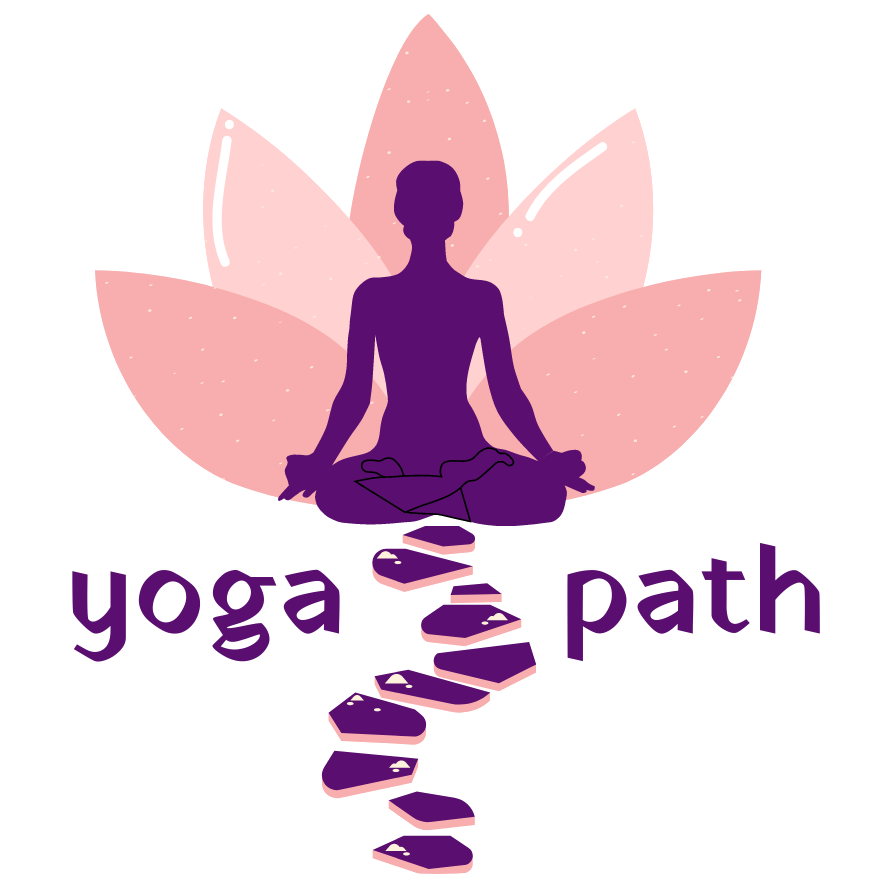Manage Thyroid with Yoga
ASANAS FOR THYROID
Thyroid disorders stressing you out?
Regulate with yoga.
Thyroid is increasingly common today due to our stressful lifestyle. The thyroid is a butterfly-shaped gland situated in the neck, which produces thyroid hormones that are important for our metabolism, growth and body temperature. Any instability in the concentration of hormones can result in thyroid disorders causing hyperthyroidism or hypothyroidism.
Yoga asanas keep your glands healthy, regulate your metabolism and helps prevent any further complications. Yoga improves the blood circulation which in turn improves the secretion of the Thyroid hormone. The asanas given here strengthen the neck and stimulate the area of the throat where the gland is situated, thus regulating the Thyroid gland.
Practice these asanas to relieve stress and manage Thyroid disorders.
BHUJANGASANA – Prone Position – Back Bend
Bhujanga Asana meaning Cobra Pose, is also a part of the Surya Namaskar (salute to the sun)
Lie down on your abdomen with your toes flat on the floor, soles facing upwards; rest your forehead on the ground. Keep your legs close together, with your feet and heels lightly touching each other. Place both palms beside the chest elbows should be bent and close to your torso.
As you inhale slowly lift your head, chest and upper part of abdomen. Keep your navel on the floor. Keep elbows close to body.
Keep breathing with awareness, as you curve your spine upward vertebra .by vertebra look straight ahead. Maintain this pose for a few seconds while breathing evenly for 4-5 breaths.
Now, breathe out, and gently bring your abdomen, chest, and head back to the floor and relax.
Contraindications:
Hernia, Hypertension, Heart Ailments, Pregnancy, Peptic ulcer and Hyper thyroid
Benefits:
Helps align vertebra
Strengthens Muscles of Back and spine and keeps spine flexible
Relief from back pain
Stimulates spinal nerves
Tones abdominal muscles And organs
Alleviates constipation
Stimulates appetite
Prevents diseases by aiding in elimination through intra abdominal pressure
Relief from flatulence
Helps resolving slipped disc
Relief in Ankylosing Spondylitis and kyphosis
Helps in menstrual and gynaecological disorders
Strengthens willpower alertness and increases determination
Ushtrasana Sitting Position – Backward Bend
Ushtrasana meaning Camel Pose
Sit in Vajrasana then come into a kneeling position on the mat.
Slowly, lean backwards, and take the arms behind.
Place the palms on the heels.
Keep the arms straight, inhaling in 3 seconds, slowly lift the pelvis and chest upward and outward. Allow the neck to fall backwards gently. Slowly maintain the final position for 30 seconds to 1 minute. Breathing should be normal – slow and rhythmic. Exhaling, in 3 seconds, gently draw back the torso and straighten the neck. Releasing the palm, come back to kneeling position. Practice 2 rounds.
Contraindications:
Abdominal inflammations, Ulcers and Slip Disc
Benefits:
Stretches back shoulder and neck.
Stretches thighs, abdomen, thorax, neck and facial muscles.
Alleviates constipation.
Relieves back pain.
Improves posture by correcting drooping shoulders and rounded back.
Improves breathing by opening up the chest; hence, good for asthmatics.
Stimulates and regulates ovaries, thyroid and other glands.
Improves stamina and self esteem.

Supine Asana
Setu meaning Bridge; Bandha meaning Bind or Lock;
To begin, lie on your back. Fold your knees and keep your feet hip distance apart on the floor, close to your pelvis, with knees and ankles in a straight line.
Place your palms on your ankles. Inhaling, slowly lift your lower back, middle back and upper back off the floor; gently roll the shoulders inwards; raise the chest to the chin supporting your weight with your shoulders, arms and feet.
Both the thighs are parallel to each other and to the floor. Hold this pose for few breaths. exhale as you gently release the pose.
Contraindications:
Neck injuries, Shoulder or back injuries or surgery, Hypertension, Heart ailments, Myopia and Glaucoma or retinal detachment.
Benefits:
Strengthens the back muscles
Relaxes back instantaneously
Gives a good stretch to the chest, neck and spine
Opens up the lungs and reduces thyroid problems
Strengthens glutes and quadriceps
Calms the brain, reducing anxiety, stress and depression
Helps improve digestion
Helps relieve the symptoms of menopause and menstrual pain
Helpful in asthma, high blood pressure, osteoporosis, and sinusitis

Inversion Pose
‘Sarva Anga’ – means full body. It is beneficial for all the systems of the body, especially the head that houses the brain.
Lie supine on a mat with your feet together and hands at the sides. While exhaling, raise your legs up together, toes to point towards the ceiling. Keep knees straight. Use your hands to support your body at the back the chin is set against the chest.
Maintain this pose for a few seconds or as long as convenient but not longer than two minutes, the breathing slow, rhythmic and natural.
Slowly bend your knees, then, as you inhale, lower your hips towards the mat, releasing your hands from back, lower the legs slowly without jerking the head.
Take a few deep breaths.
Precautions To Be Taken during Performance of This Asana:
Avoid any possible extreme strain. It is best to attempt this asana first in stages and attempt this asana only after a few weeks of preparation.
What needs emphasis is the fact that this pose should never be attempted after any form of rigorous Exercises because the rush of blood to the brain at this stage might do more harm than good. Place importance on the position and comfort of the neck.
Contraindications:
Hypertension, cardiac ailments, Pregnancy, Respiratory disorders, Cervical spondylosis, spinal problems, neck injuries or trauma, High myopia, glaucoma, serious eye disorders.
Benefits:
Physical
It strengthens your arms and shoulders.
It keeps your spine flexible.
It nourishes your brain with more blood.
It improves the functioning of your thyroid, parathyroid, and pituitary glands.
There are favourable changes in vasomotor ability due to the increased interchange of blood in the upper part of the body, especially the thorax, the neck, and the head.
Relief from congestion, through the rapid drainage of venous blood, in the abdominal and pelvic regions.
There is a good healing effect of gravity on the various organs of your body above the waist, including the endocrine glands.
It helps alleviate varicose veins.
It is helpful in constipation, dyspepsia, headache, giddiness, neurasthenia, functional disorders of the eye, the ear, the nose and the throat, general and sexual debility. It helps alleviate piles and fissures.
This is one of the most effective asanas for the increase of blood flow towards your brain., it not only impacts the whole body it makes your mind alert giving a feeling of self-confidence and self-reliance.
Psychological
It relieves stress as it calms your brain and nervous system.
It helps to balance the moods and calms your mind.
It increases your confidence.
Muscles Involved:
Trunk flexors and wrist extensors.
Flexors and extensors of the lower limbs.
Extensors of the neck and erector spinae.
Isometric contraction of the hip and knee.
Matsya Asana Supine Pose – Lying down with backward bending
Matsya Asana meaning the Fish pose.
In this asana, lie on your back, with feet together and hands relaxed alongside the body. Place the hands underneath the hips, palms facing down. Bring the elbows closer toward each other.
Inhaling lift the head and chest up.
Keep the chest raised and expanded, lower the head backward and touch the top (crown) of the head to the floor, placing the weight on the elbow.
Press the legs to the floor. Hold the pose for 6 seconds to 1 minute. Relax and breathe deeply.
Lift the head up, lower the chest and head to the floor. Bring the hands back along the sides of the body. Relax.
Contraindications:
High or low blood pressure, Migraine and insomnia, serious lower-back or Neck injuries.
Benefits:
Stretches the chest and neck.
Helps relieve tension in the neck and shoulders.
Expands lungs and improves respiratory system.
Tones the parathyroid, pituitary and pineal glands.
Heals reproductive disorders.

